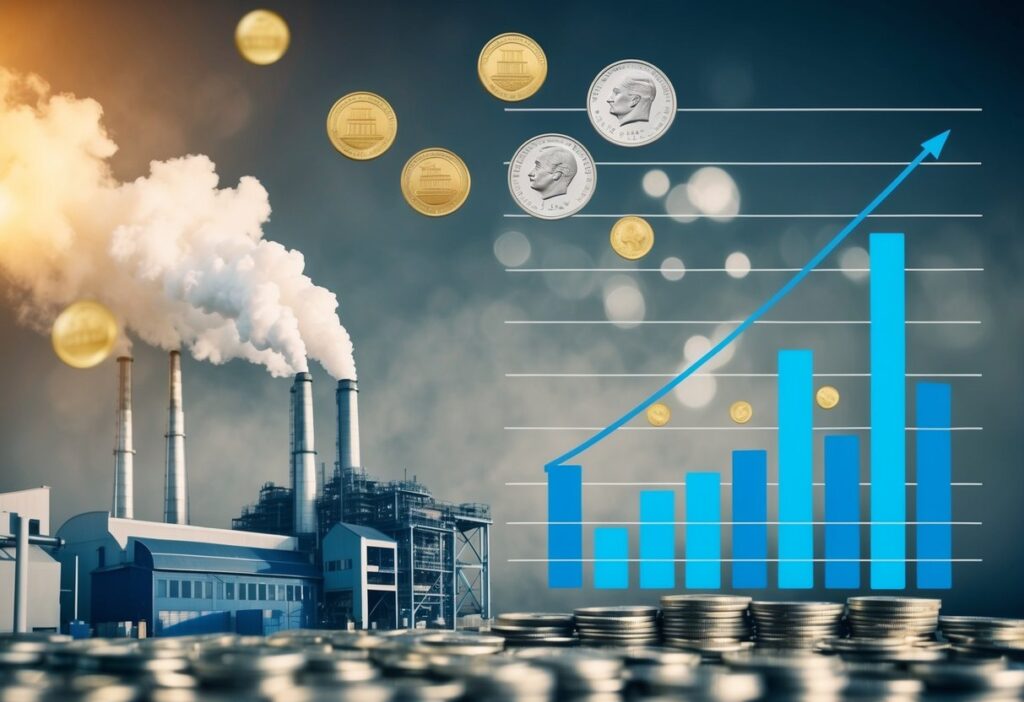The announcement of tariffs by former President Trump raises significant questions about economic impacts, especially on inflation and the prices of gold and silver. Tariffs could increase inflation by raising prices of imports, affecting both consumers and businesses. As the value of currency shifts with inflation, investors often turn to safe havens like gold and silver to protect their assets. This behavior typically causes the prices of these precious metals to climb.
Trade tensions ignited by the tariffs could disrupt the market, especially for metals. For example, the U.S. heavily relies on importing silver, with Mexico being a major supplier. If tariffs significantly impact trade with Mexico, there could be substantial effects on silver availability and pricing.
The influence of tariffs extends beyond just the metals market. By understanding the broader economic dynamics, investors, businesses, and consumers can better anticipate changes resulting from such policies. The shifting landscape creates an environment where careful consideration of financial strategies is necessary.
Key Takeaways
- Tariffs can raise inflation and impact import prices.
- Precious metals like gold and silver may see increased demand.
- Trade disruptions could affect the availability and pricing of metals.
Download our Free PDF, “10 Must-Know Reasons to Buy Gold and Silver RIGHT NOW!“
Understanding Tariffs and Their Economic Impact
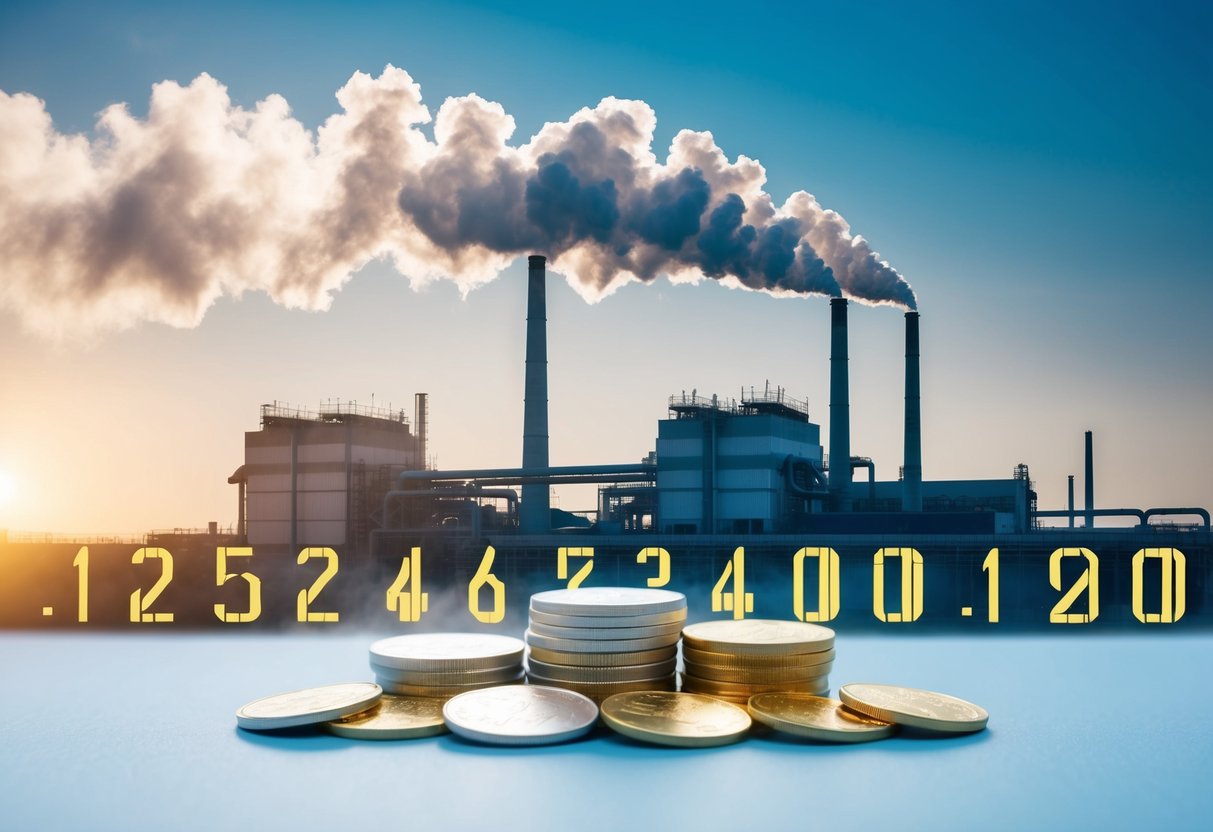
Tariffs are taxes on imported goods, which impact prices and trade policies. They can alter trade deficits and have historical significance in shaping international trade. Examining these elements helps understand their role in the economy.
The Basics of Tariffs
Tariffs are charges applied to goods imported from other countries. They serve as a tool for governments to control the flow of goods, generate revenue, and protect local industries. When tariffs are introduced, they typically lead to higher prices for imported items. This can make domestic products more appealing to consumers. For instance, if a country imposes a 20% tariff on imported steel, this raises the price of steel from abroad. Consequently, local producers might gain a competitive edge in the market.
Tariffs can also be specific or ad valorem. Specific tariffs add a fixed fee, while ad valorem tariffs are a percentage of the product’s value. This type of tax aims to reduce competition from other countries, impacting both consumers and businesses in various ways.
Tariffs in Historical Context
Historically, tariffs have played a significant role in international trade and national economies. In the 19th century, the United States relied on tariffs for revenue before income taxes became prevalent. They have been used during trade wars as economic leverage between nations. For example, during the early 20th century, the Smoot-Hawley Tariff Act drastically increased tariffs on thousands of imports, impacting global trade and leading to retaliatory actions.
By hindering free trade, such tariffs often lead to additional tensions between trading partners. The use of tariffs can be a double-edged sword as they might protect domestic jobs but also lead to higher consumer prices.
Impact on Trade Deficits and Policies
Tariffs can influence trade deficits by altering the balance of imports and exports. When tariffs are high, they can discourage imports, potentially reducing a country’s trade deficit. This is because more demand shifts to domestic products, decreasing the need for abroad goods. For instance, tariffs on electronics might lead to fewer imports from major exporting countries.
On the policy front, tariffs are often used as a bargaining tool in trade negotiations. Governments leverage tariffs to push for favorable trade agreements. High tariffs might prompt countries to rethink their trade policies to lower the barriers. However, this can lead to trade tensions if not managed carefully, affecting international relationships and economic stability.
Trump’s Tariff Policies
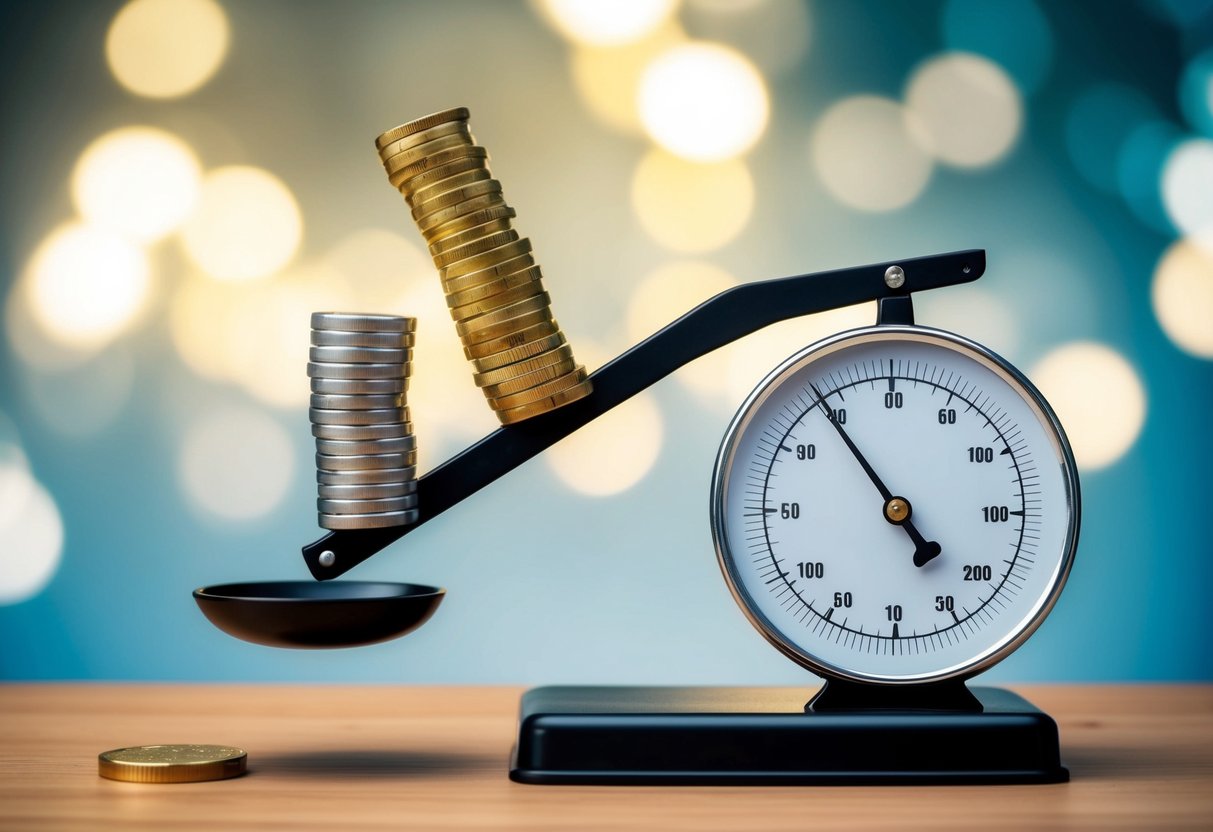
Trump’s tariff policies include proposed tariffs on imports, focusing especially on goods from China. The intention is to protect domestic industries and reduce trade deficits. However, these tariffs could lead to retaliatory measures from other nations and affect global trade relations.
Overview of Proposed Tariffs
Donald Trump’s proposed tariffs involve a blanket tax of up to 20% on general imports and as high as 60% or 100% specifically on goods from China. These measures aim to shield American companies from foreign competition and to push manufacturing to return to the United States. The implementation targets various sectors but prioritizes industries where the U.S. seeks to regain a competitive edge.
The policy also considers tariffs on goods from Mexico and Canada, aiming to renegotiate trade agreements like the North American Free Trade Agreement (NAFTA). By imposing these tariffs, Trump intends to address trade imbalances. Yet, this strategy may lead to price hikes for consumers as import costs rise, impacting everyday goods.
Rationale Behind Tariff Implementation
Trump’s administration argues that the primary goal of these tariffs is to protect American jobs and manufacturing. They believe that by taxing imports heavily, businesses will be incentivized to produce within the United States, boosting local industry and employment. Another key aim is reducing trade imbalances, especially with China, which is perceived to be engaging in unfair trade practices.
The administration also hopes to renegotiate terms with countries like China, Mexico, and Canada by using tariffs as leverage. This approach stems from a belief that past trade deals have disadvantaged American workers, and new terms could reset these dynamics positively for the U.S. economy.
Effects of Tariffs on China and Other Nations
The introduction of tariffs on Chinese goods is expected to lead to a tense trade relationship between the U.S. and China. China may implement retaliatory tariffs on American products, escalating a trade war. These actions could impact global supply chains and result in economic uncertainty.
Other countries like Mexico and Canada might be affected as well, leading them to reassess trade agreements with the U.S. If retaliatory actions are taken, American exports could face new barriers, affecting sectors such as agriculture and automotive industries. This uncertain global environment can further influence economic stability worldwide.
Inflation Dynamics
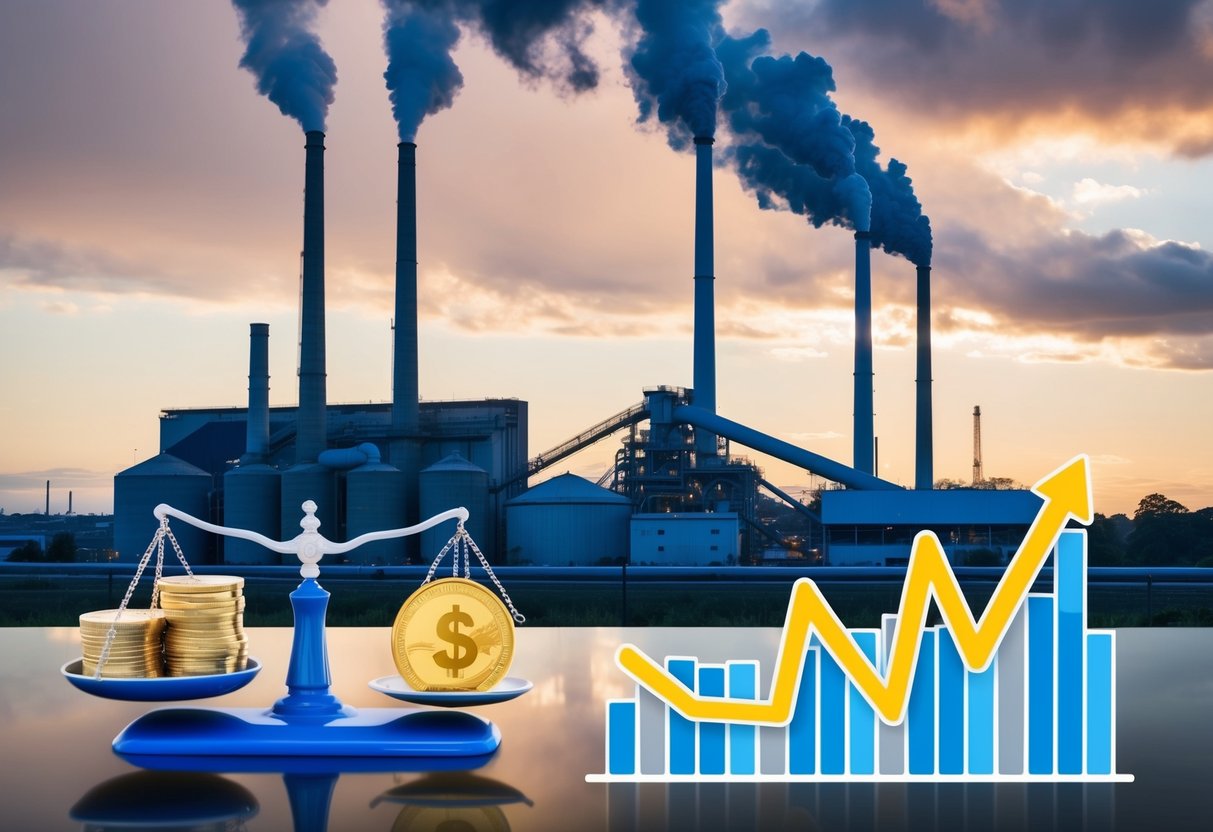
Understanding how tariffs impact inflation involves examining their effect on consumer prices, imported goods, and the Federal Reserve‘s role. Tariffs can lead to inflationary pressure by increasing costs, which might prompt monetary policy changes to stabilize price levels.
The Relationship Between Tariffs and Inflation
Tariffs can raise the cost of imported goods, affecting the inflation rate. When the government imposes tariffs, companies often pass these additional costs to consumers. This change can lead to higher consumer prices.
Businesses may look for cost reductions, but these are not always possible. As a result, price levels across various sectors might rise. The direct connection between tariffs and inflation is seen in how changes in import costs influence domestic pricing. This relationship highlights the sensitive nature of international trade policies on everyday expenses.
Inflationary Pressure from Tariffs
Tariffs create inflationary pressure by altering price structures. When tariffs increase, businesses that rely on imported goods face higher expenses. These costs manifest in the form of elevated prices for consumers, contributing to high inflation.
Additionally, tariffs can cause supply chain disruptions, leading to shortages and further elevating inflation. By affecting the production side, tariffs not only influence consumer prices but also wider economic dynamics. The extent of inflationary pressure depends on the reliance on imports and the ability of businesses to absorb these costs without passing them to consumers.
Federal Reserve’s Response to Inflation Changes
The Federal Reserve monitors inflation changes to decide on interest rates. If tariffs drive inflation, the Federal Reserve may adjust monetary policy to prevent the economy from overheating. This response could involve raising interest rates to cool down inflationary pressures.
The Federal Reserve’s actions are crucial in maintaining economic stability. By managing interest rates, it can influence borrowing costs, affecting everything from consumer spending to business investments. A rise in inflation often requires careful adjustment of policy tools to ensure that the economy remains balanced and price levels stabilize.
Impacts on U.S. Economy and Businesses
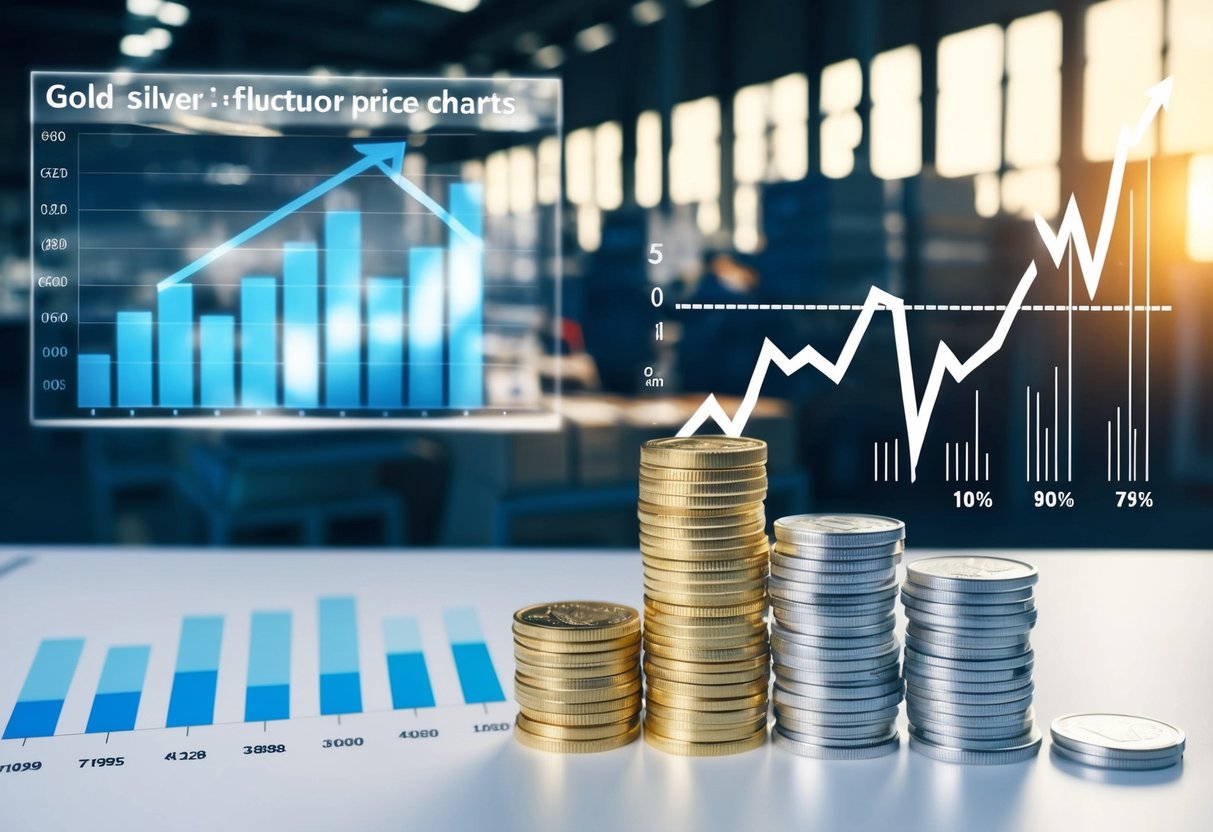
Trump’s tariffs are likely to influence the U.S. economy by affecting domestic production, altering how businesses respond, and impacting the manufacturing sector. They could lead to both challenges and opportunities within these areas.
Effect of Tariffs on Domestic Production
Tariffs could push U.S. domestic production to increase due to the higher cost of imported goods. By making imported products more expensive, local businesses might find opportunities to produce and sell their goods at competitive prices. This can benefit domestic industries, especially those capable of scaling up production to meet new demand.
On the downside, higher production costs could arise from more expensive imported materials. Domestic manufacturers relying on foreign parts might face increased expenses, leading to higher prices for consumers. This could limit overall growth unless businesses can offset these costs effectively.
Response of U.S. Businesses to Tariffs
Many U.S. businesses may adjust their strategies to handle the impact of tariffs. Companies might seek alternative suppliers, both domestically and internationally, to reduce dependency on taxed imports. This could involve re-negotiating terms with existing partners or investing in local production facilities.
Businesses might attempt to pass higher costs onto consumers, which could affect sales and customer satisfaction. Those in industries heavily reliant on imports could face greater challenges. Some firms might focus on lobbying efforts to influence tariff policies, aiming to secure favorable conditions for their operations.
Tariffs and the U.S. Manufacturing Sector
The manufacturing sector is likely to experience significant effects from tariffs. Domestic manufacturers may gain a competitive edge over foreign competitors, fostering growth within the U.S. economy. This could lead to job creation and increased investment in production capabilities.
On the flip side, reliance on imported materials could present hurdles. Manufacturers facing higher input costs might cut back on production or seek innovative methods to minimize impact. Adjustments in supply chains and production processes might be necessary to sustain profitability and efficiency in this evolving landscape.
Influence on Gold and Silver Prices

Tariffs can impact gold and silver prices through economic factors like inflation and currency value. Increased tariffs may lead to higher costs for imported goods, influencing investor behavior. This section explores the relationship between tariffs and markets, investment trends, and industrial demand for metals.
Tariffs and Precious Metals Markets
Higher tariffs often lead to increased costs for businesses and consumers. As a result, inflation may rise and weaken currency values. This makes investors look for stable assets, such as gold and silver. Tariffs also affect international trade, driving changes in the supply of these metals.
For example, the U.S. relies on significant silver imports from Mexico, the largest global producer. If tariffs disrupt supply, the ripple effect can alter prices and availability. Investors monitor these shifts carefully as uncertainties in trade agreements and import costs directly affect the metals market.
Investment Trends in Gold and Silver
Investors often turn to precious metals like gold and silver when economic stability is uncertain. With higher inflation expectations, demand for these metals usually increases. Investors see gold and silver as a hedge against currency devaluation and market volatility.
Historical trends show that when tariffs are introduced, gold tends to gain from increased buying interest. This is not the case for all metals, but precious ones often rise during volatile periods. Market participants often increase their holdings in gold and silver to safeguard against potential currency value drops.
Industrial Demand for Precious Metals
Precious metals also have vital industrial applications. Silver, for instance, is crucial in electronics and solar panel production. Tariffs impacting raw materials can increase production costs and affect industrial demand. Businesses might face higher prices for silver imports, affecting manufacturing costs.
Producers of goods reliant on these metals might reduce purchases or seek alternatives if prices climb. This could impact demand significantly and influence market prices. The balance between industrial needs and tariff impacts remains a key factor in determining the long-term trends for metals.
Long-Term Considerations for Trade and Economics

In the long run, tariffs can reshape trade relationships and affect global economic stability. They influence pricing structures, causing ripples that impact economic policies and protectionist measures. These factors have a significant effect on trade tensions and the overall economic outlook.
Trade Tensions and Global Trade Outlook
Trade tensions often escalate due to tariffs, impacting relations between countries. High tariffs can lead to retaliatory measures, affecting the cost and availability of goods worldwide. As countries respond to tariffs, the global trade outlook may become uncertain.
These tensions can shift alliances and open new trade channels. For instance, countries affected by tariffs might seek other partners, altering global trade patterns. This constant flux could lead to instability in economic relationships, affecting both developed and emerging markets.
The Role of Economic Policies in Trade
Economic policies play a critical role in shaping trade. They offer a framework within which trade policies operate. Governments might use tariffs as tools to protect domestic industries, influencing both local and foreign economic landscapes.
When these policies shift, they can lead to greater or lesser economic openness. For example, a government’s decision to increase tariffs could lead to more protectionist tendencies. Alternatively, lowering tariffs may encourage free trade, boosting economic interactions across borders. Policies must balance between protecting local interests and fostering global economic cooperation.
Potential for Economic Instability and Protectionism
Protectionist policies arising from tariffs can lead to economic instability. By prioritizing domestic over international markets, countries might trigger trade wars, stifling economic growth and causing market disruptions.
Protectionism can discourage foreign investment, slowing down innovation and economic progress. Furthermore, it can lead to inefficient resource allocation, where resources are not directed where they are most needed. As countries focus inward, the global economy might suffer, facing reduced collaboration and shared prosperity.
Conclusion
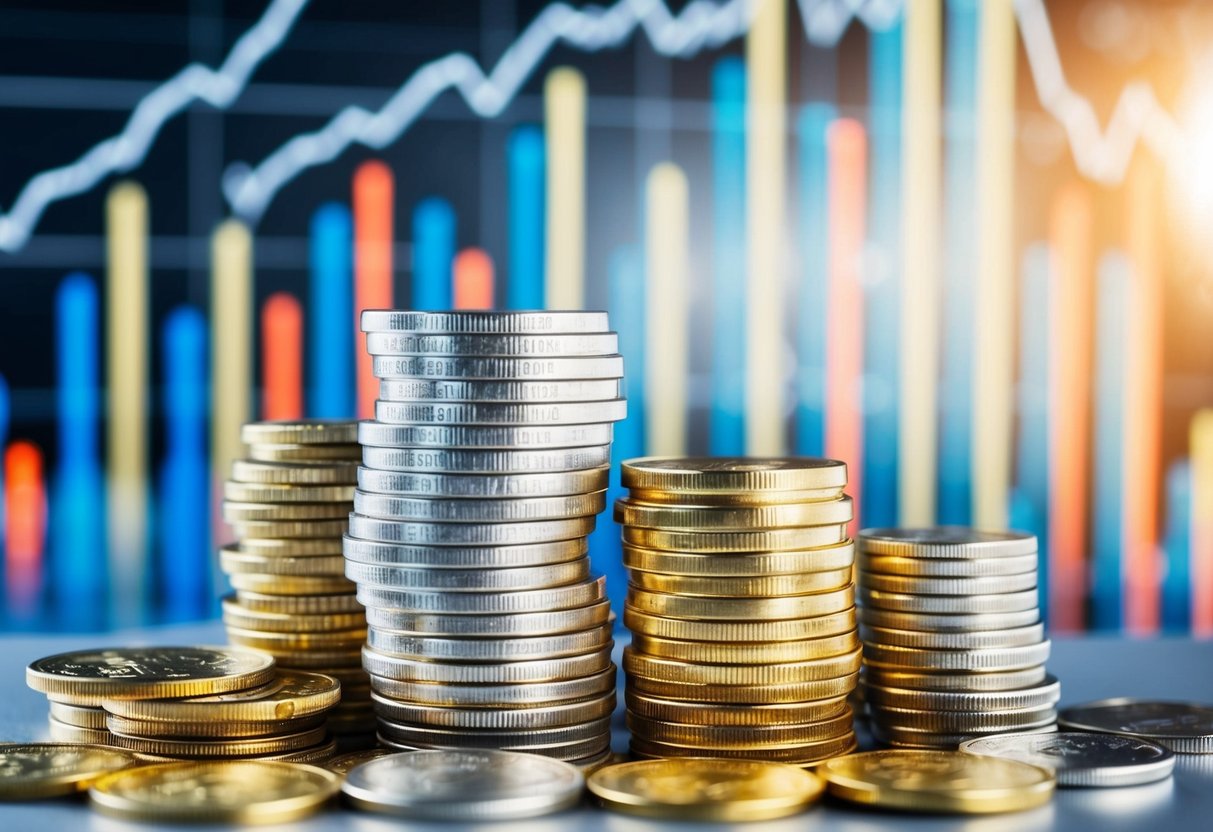
Trump’s tariffs could lead to price increases for goods affected by these taxes. This includes key products like technology and pharmaceuticals. A significant impact is expected on metals like silver, with shifts in supply and demand dynamics.
Inflation may rise, affecting both consumers and industries. Higher prices for imports can contribute to this increase, changing spending habits and economic patterns. As a result, gold and silver might become more attractive to investors looking for stability.
Tariff policies can also affect global trade relationships. Free trade discussions could change, with potential trade wars affecting geopolitical stability. Sectors such as soybeans and technology might experience fluctuations as markets adjust.
Donald Trump’s focus on trade and tax policies during his last term highlighted these economic issues. As a result, election day discussions and outcomes may shape future tariff strategies. The consequences could influence U.S. and global economies significantly.
Understanding the ripple effects of tariffs is crucial for predicting economic trends. Whether through tax cuts or increased trade barriers, these changes can impact inflation and alter the investment landscape. Thus, monitoring these shifts is essential for both policymakers and investors.
Frequently Asked Questions
Tariffs can influence consumer prices, inflation, and the demand for precious metals. Different economic and geopolitical factors can play significant roles in these effects.
What impact do import tariffs have on consumer prices and inflation?
Import tariffs often lead to higher consumer prices. When tariffs are imposed, the cost of importing goods increases, prompting businesses to pass these costs onto consumers. This can cause an increase in inflation, as the rise in prices spreads across various sectors of the economy.
How have past tariffs influenced precious metal markets?
Historically, import tariffs have caused fluctuations in precious metal markets. When tariffs increase production costs, it can impact investor confidence and shift demand toward safe-haven assets like gold and silver, altering their market dynamics.
Can tariffs trigger increased prices in gold and silver as safe havens?
Yes, tariffs can lead to higher prices for gold and silver. When tariffs raise inflation fears, investors often turn to these metals as protective assets. This increased demand can push prices upward, reflecting gold and silver’s reputation as safe havens in uncertain economic conditions.
What economic indicators should investors watch regarding tariffs and precious metal prices?
Investors should monitor inflation rates, currency strength, and changes in trade policies. These indicators help assess the impact of tariffs on the economy and precious metal prices, offering insights into potential market movements.
How might protectionist trade policies affect the relationship between inflation and commodity prices?
Protectionist trade policies like tariffs can tighten supply chains and raise production costs. This scenario can lead to higher inflation and commodity prices as manufacturers and consumers adapt to increased costs associated with limited global trade.
In what ways do geopolitical tensions arising from trade tariffs influence gold and silver prices?
Geopolitical tensions from tariffs can heighten uncertainty and drive investors toward gold and silver. These metals serve as a hedge against economic instability, meaning their prices may rise as tensions escalate, reflecting their perceived value as stable assets in volatile times.






